Qualcomm to unveil 'smartbooks' at Computex
New form factor combines a mobile OS with a netbook or tablet computer, using the Snapdragon platform.
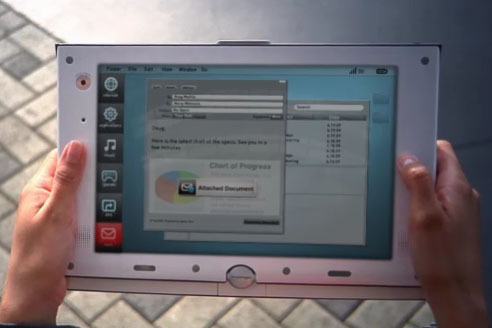

As more and more netbook makers turn their devices into laptops, Qualcomm is looking in a different direction to "smartbooks".
Qualcomm's is set to unveil its "vision" of mobile computers that are part smartphone and part netbook at Computex this week, with the devices hitting stores by autumn 2009. The smartbooks will feature Qualcomm's Snapdragon chipset, which will feature in a series of other mobile devices at the show in Taipei.
"Consumers are looking for devices that offer more instantaneous connectivity, greater mobile performance and intuitive usability than ever before," said Luis Pineda, senior vice president of marketing and product management at Qualcomm CDMA Technologies, in a statement.
"Qualcomm's Snapdragon platform is addressing those needs by enabling smartphones that break new ground in mobile capability, and establishing this new category of smartbooks - devices which deliver a unique mobile user experience different from anything else on the market today," he added.
Qualcomm described Smartbooks as devices that "bridge the functional divide between smartphones and laptops." They run a mobile operating system on a larger form computer, such as a netbook, but will also include touchscreen tablet computers.
Like most smartphones and netbooks, they will connect to 3G, WiFi and GPS networks easily, but Qualcomm is promising all day power from a single charge on active use, and all week on standby. The devices will be under two pounds (907g) in weight and less than 20mm thick, Qualcomm claimed.
The smartbooks may not be arriving until fall of this year, but they already have their own dedicated website, complete with enthusiastic video here.
Get the ITPro daily newsletter
Sign up today and you will receive a free copy of our Future Focus 2025 report - the leading guidance on AI, cybersecurity and other IT challenges as per 700+ senior executives
Freelance journalist Nicole Kobie first started writing for ITPro in 2007, with bylines in New Scientist, Wired, PC Pro and many more.
Nicole the author of a book about the history of technology, The Long History of the Future.
-
 Cleo attack victim list grows as Hertz confirms customer data stolen
Cleo attack victim list grows as Hertz confirms customer data stolenNews Hertz has confirmed it suffered a data breach as a result of the Cleo zero-day vulnerability in late 2024, with the car rental giant warning that customer data was stolen.
By Ross Kelly
-
 Lateral moves in tech: Why leaders should support employee mobility
Lateral moves in tech: Why leaders should support employee mobilityIn-depth Encouraging staff to switch roles can have long-term benefits for skills in the tech sector
By Keri Allan
-
 Citi to transition 70% of its workforce to Snapdragon mobile devices
Citi to transition 70% of its workforce to Snapdragon mobile devicesNews Longer battery life will allow the company to eliminate “thousands of tonnes” of CO2
By Adam Shepherd
-
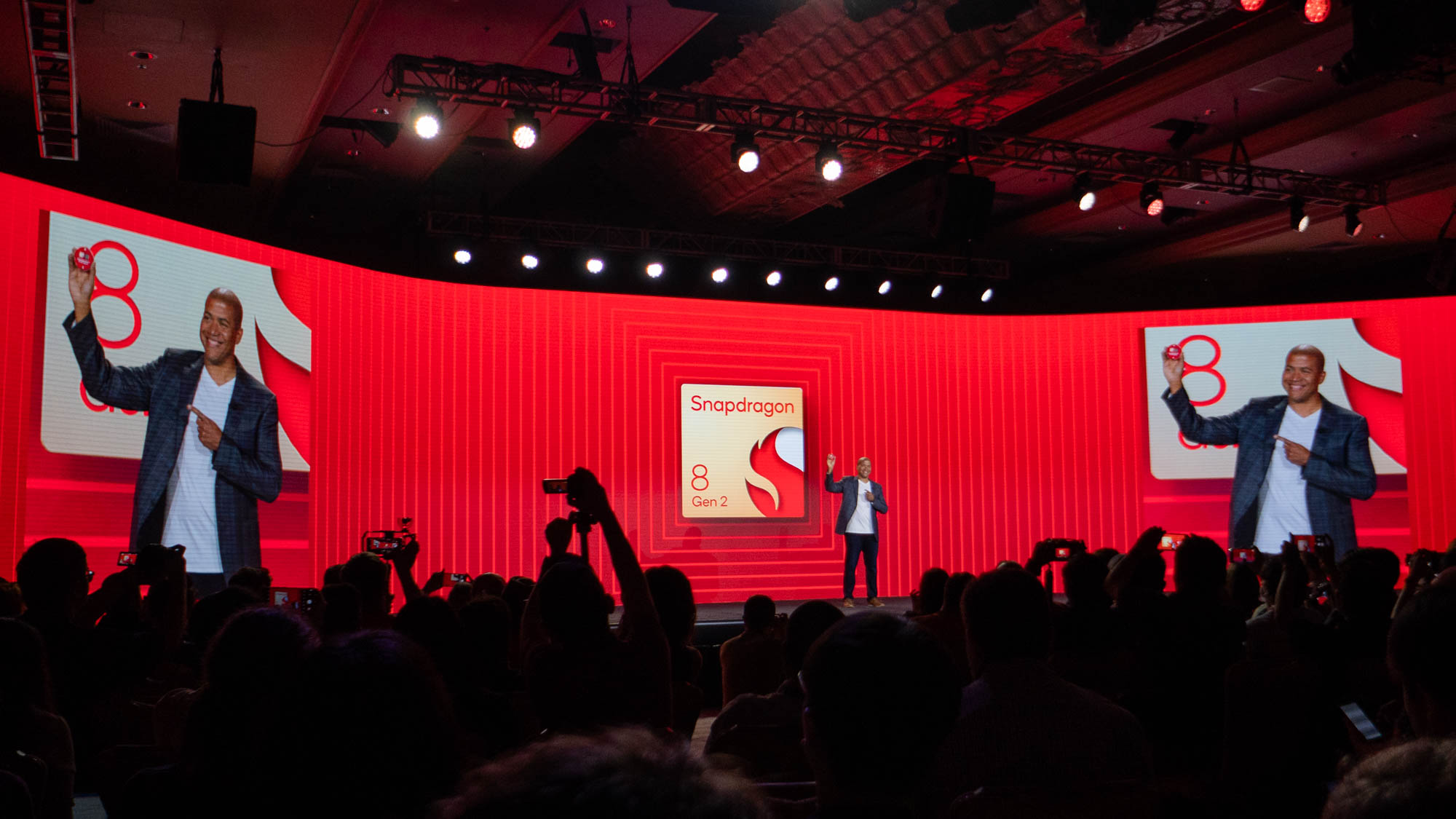 Qualcomm Snapdragon Summit: Snapdragon 8 Gen 2 platform unlocks new AI capabilities
Qualcomm Snapdragon Summit: Snapdragon 8 Gen 2 platform unlocks new AI capabilitiesNews Announced at Qualcomm's Snapdragon Summit in Hawaii, the latest chipset features improved AI support, Wi-Fi 7, and faster overall performance
By Adam Shepherd
-
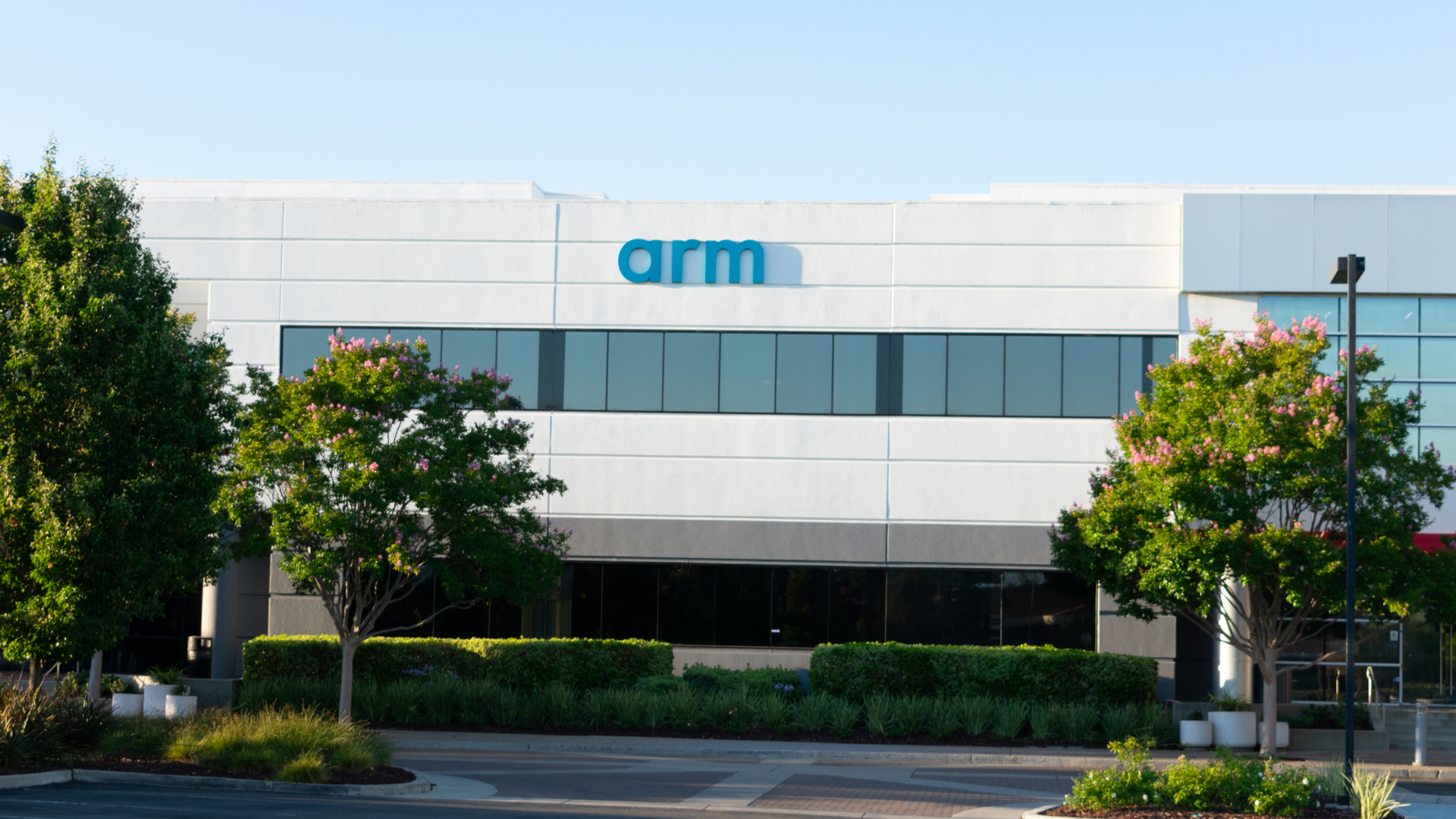 Qualcomm open to investing in Arm as part of consortium
Qualcomm open to investing in Arm as part of consortiumNews This comes after SK Hynix said it was interested in forming a consortium to acquire the British chipmaker
By Zach Marzouk
-
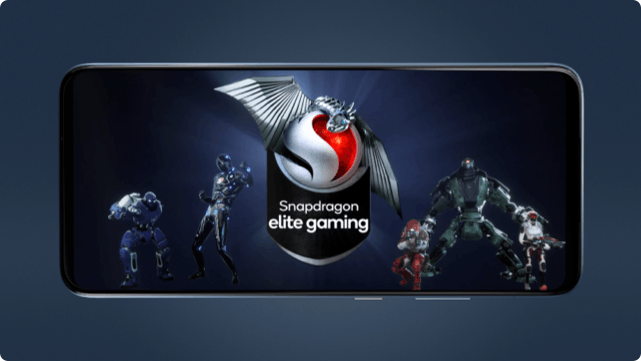 Qualcomm unveils $1,500 smartphone for 'Snapdragon insiders'
Qualcomm unveils $1,500 smartphone for 'Snapdragon insiders'News Triple-lens handset made by Asus with Qualcomm technology will be available "soon"
By Bobby Hellard
-
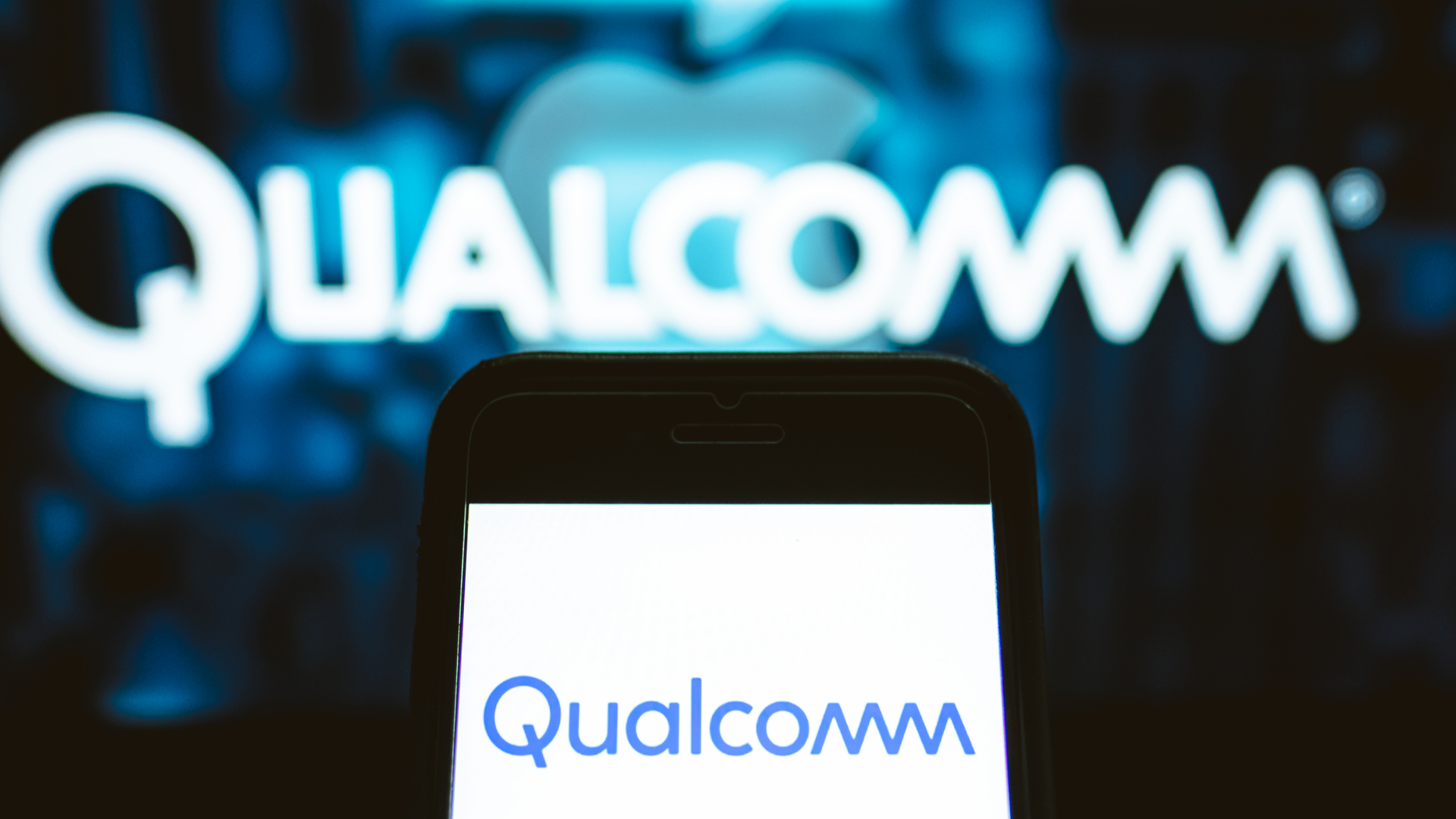 Qualcomm reveals Snapdragon 888 Plus 5G chipset
Qualcomm reveals Snapdragon 888 Plus 5G chipsetNews The new chipset boasts faster clock speeds and will boost AI performance on Android devices by 20%
By Danny Bradbury
-
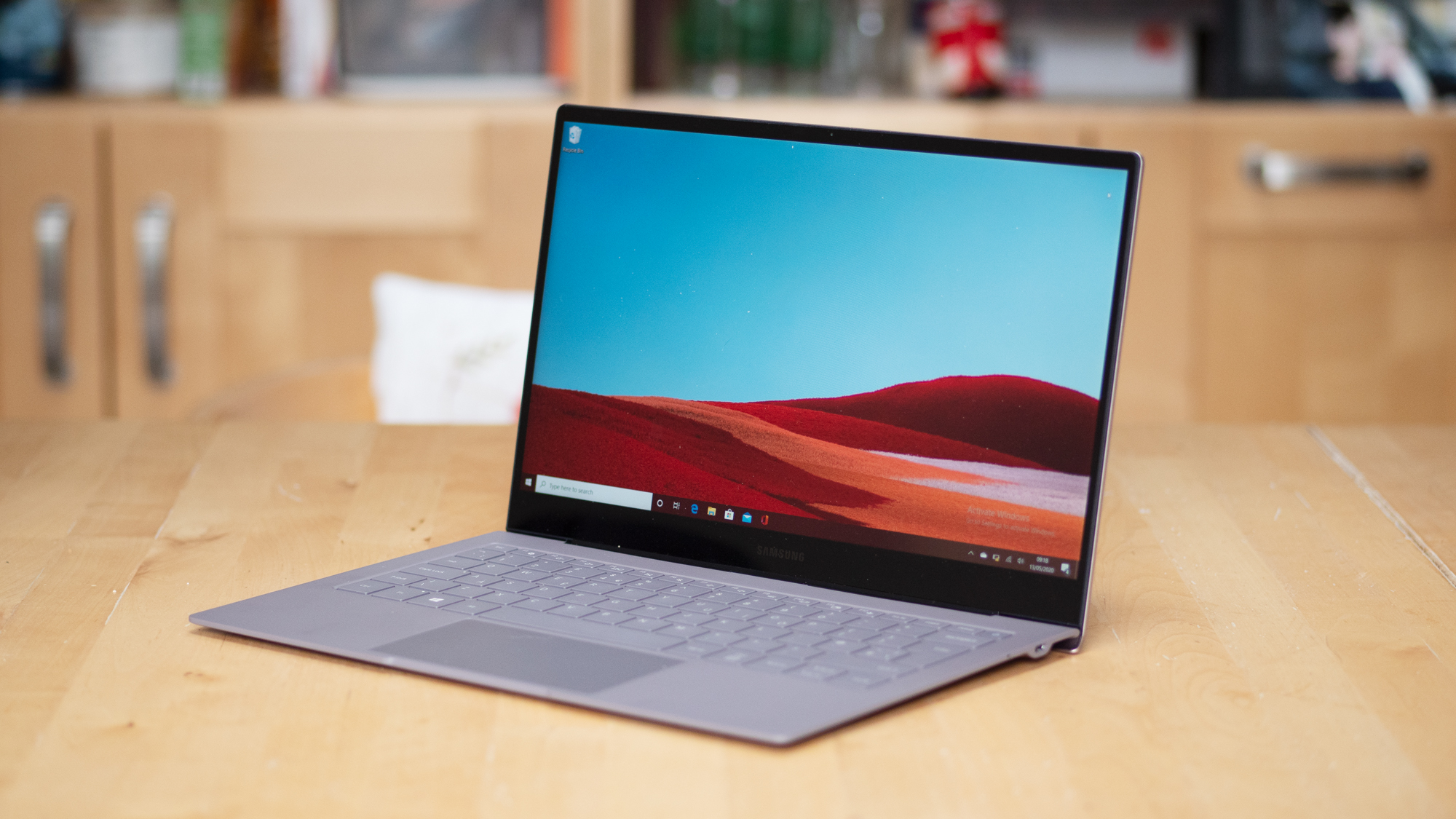
 Samsung Galaxy Book S review: ARMed and dangerous
Samsung Galaxy Book S review: ARMed and dangerousReviews So long, Surface Pro X - Samsung shows us how it’s really done
By Adam Shepherd
-
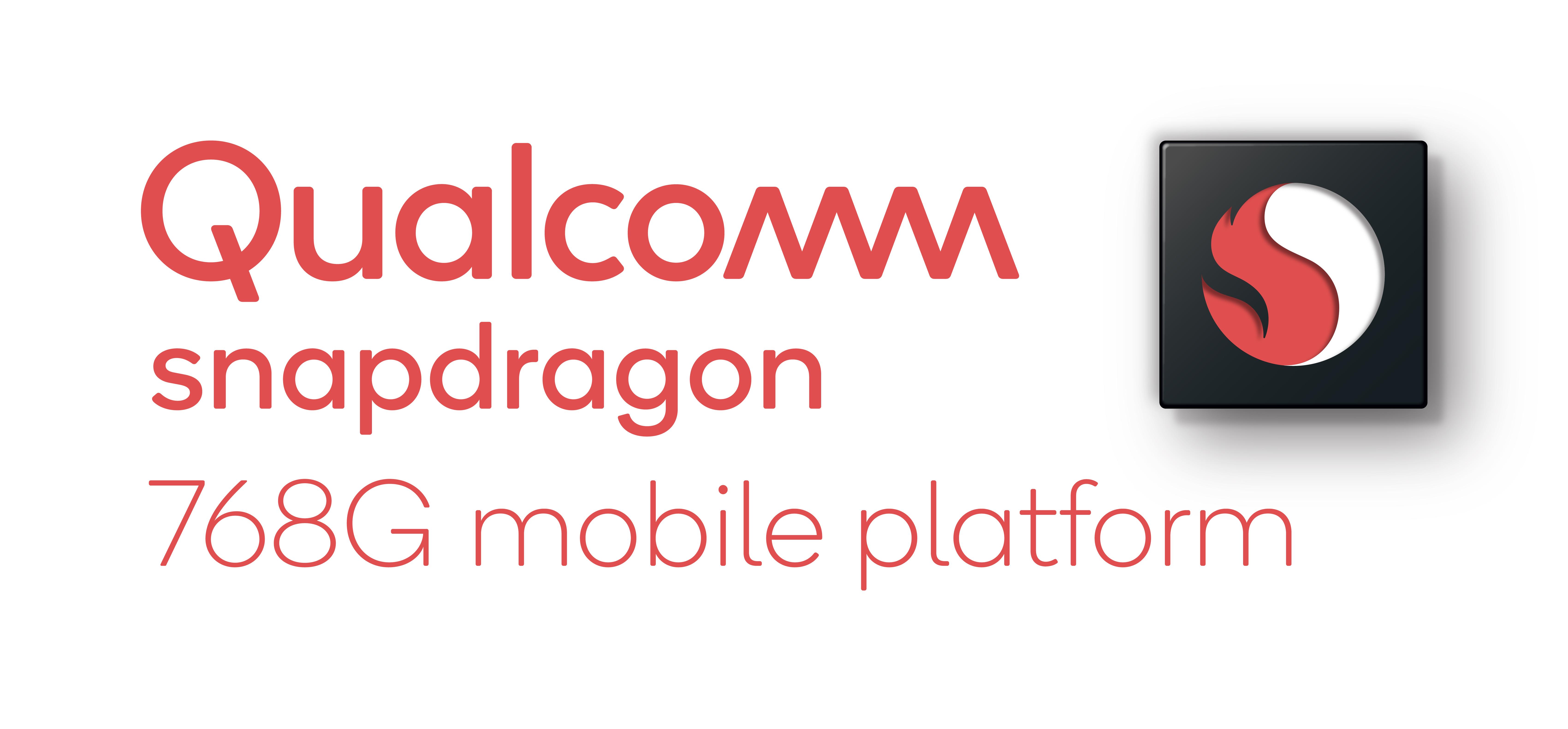 Qualcomm announces Snapdragon 768G 5G platform
Qualcomm announces Snapdragon 768G 5G platformNews New platform delivers 15% faster graphics rendering than Snapdragon 765G
By Sarah Brennan
-
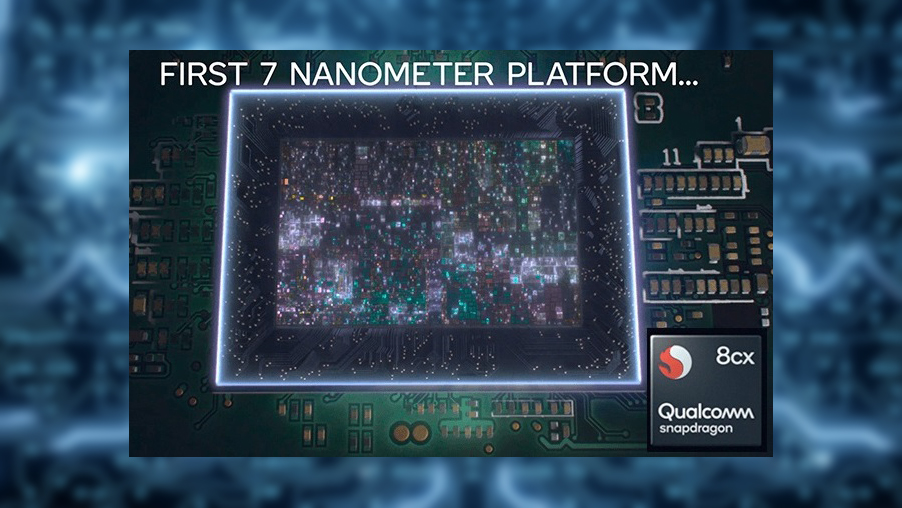 Qualcomm announces 'extreme' ARM chip for thin and light PCs
Qualcomm announces 'extreme' ARM chip for thin and light PCsNews In the first of its kind, the new 7nm chip promises excellent performance on Windows machines
By Connor Jones